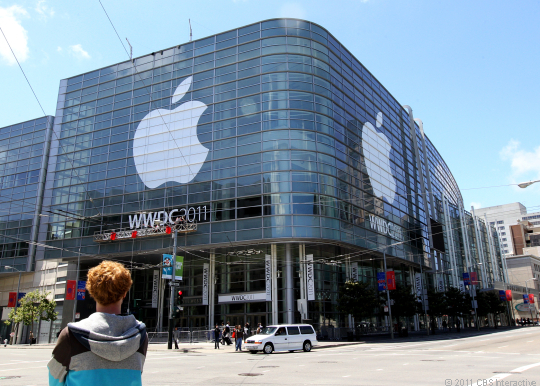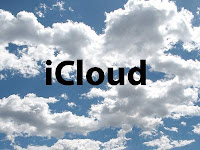Ok, no voice is louder than Apple’s Worldwide Developers Conference kicks off early Monday morning in San Francisco, But thinking can. My thinking leads me this year’s edition is no different, except for the fact that Apple has already played its hand.
Earlier this week, the company announced that CEO Steve Jobs would be taking the wraps off iCloud, a new “cloud services offering,” as well as new versions of the Mac OS and iOS. By comparison Apple merely said that Jobs was keynoting last year’s show.
Even with that information, there’s still a some things we don’t know heading into next week:
- Can Apple wow with its iCloud?
- How will iCloud fit into Apple’s existing services?
- Will there be new hardware?
- When will these three things arrive?
- Can the price of Lion go lower?
| How will iCloud fit into Apple’s existing services? And perhaps most importantly how much will it all cost? A report by the Los Angeles Times yesterday said Apple would offer it free at first, going to $25 a year later on down the road. By comparison, Apple’s MobileMe currently costs $99 a year and bundles together a number of services like e-mail, file storage, Web hosting, and synchronization tools. If iCloud overtakes that, is Apple really giving up that subscription revenue that brings in four times as much a year?
|
| When will these three things arrive? As for iOS 5, Apple has a long tradition of doing several developer betas ahead of a public release to work out any kinks. Since Monday’s the first time the company is showing it off, it’s safe to assume it won’t be available to consumers just yet. Apple is likely to take a similar approach to what it’s done with Mac OS X and previous iOS releases, giving developers a preview build or two to work on making their applications compatible with new features and updated APIs.
That leaves iCloud, which is the biggest question mark and entirely more complex. Despite the problems with MobileMe, Apple launched the overhaul of .Mac the same day it was announced. Apple did a same-day launch a year later with its iWork.com office suite. Yet the the features that iCloud promises to provide may not all be there when the product is launched. As CNET colleague Greg Sandoval wrote yesterday, streaming won’t be available from the get go, and any music that’s stored needs to be an iTunes purchase, with other songs from a user’s collection being able to be added later on in the service’s lifetime.
|
| Can the price of Lion go lower? In some ways, Lion has been positioned in the same way, with a number of tweaks to the Mac OS X visual style, along with existing features including app juggling, file security, system back-up and restore.
One thing that could affect the price is how it’s distributed. A report from Apple Insider last month said that Apple planned to offer the software as a direct download through the Mac App Store, a place where Apple’s put software it’s sold on discs at a much lower price. Proof of that is Aperture, the company’s pro photo editing software. If you want to buy it on a disc, you can pay Apple $199. Or you can fire up the Mac App Store and pay $79.99 for the digital download.
Would Apple do something like that for a full-fledged system software update? The fact that the company’s been delivering previews of the software to developers through the Mac App Store is certainly a good sign. It’s also a very sneaky, but smart way to get people to start making purchases through Apple’s digital software store, a door buster that could pay dividends down the line.
|
Source: cnet.com.






